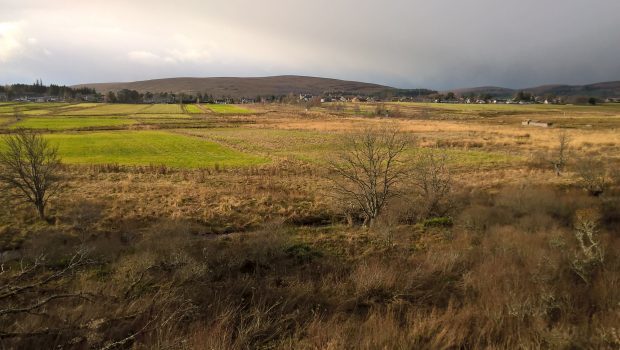Wetlands in the rural Moray countryside are being protected in an effort to boost the population of wading birds.
An area of farmland near Tomintoul and Glenlivet is home to the highest density of breeding pairs in Scotland with 734 couples spread across 17 farms.
However, the number of lapwings, curlews, oystercatchers and redshank have been in decline across the UK for the last 20 years.
However, farming terrain will now be used to provide homes for the birds as part of a £3million venture, which will be led by RSPB Scotland.
The scheme, known as the Peesie Project, has also been designed to boost visitor numbers to the area by providing a new bird hide.
Iain Turner, of Findron Farm, said: “The sound of the birds is a fond memory of my childhood growing up in Tomintoul.
“Since taking over the family farm in 2014, I was pleasantly surprised by how the waders had been monitored at Findron and in the surrounding area.
“I thought that, if others were willing to devote time and effort to this project, I could do something to help.
“Through the monitoring being carried out by RSPB Scotland, we noticed that the wader count had been low where the rushes were dense and thick, so we have strip cut them and hopefully we will see an increase in numbers.”
Birds have nested on the Conglass Floodplain near Tomintoul for generations with their sounds becoming synonymous with the area.
Habitats will be created in the scheme as well as machinery being made available for loan and advice being offered to farmers on the role they can play.
The Tomintoul and Glenlivet Landscape Partnership has been awarded £3million by the Heritage Lottery Fund to provide a range of cultural and biodiversity projects, including the Peesie Project.
Chairman, Steve Smith, said: “The project will draw on the expertise of RSPB Scotland to work with local farmers and land agents to preserve this habitat and fund essential machinery to assist in this work.
“Our community will be able to enjoy the sight of these birds from a new bird hide and, as a visitor attraction, it should produce economic benefits to the local economy.”
